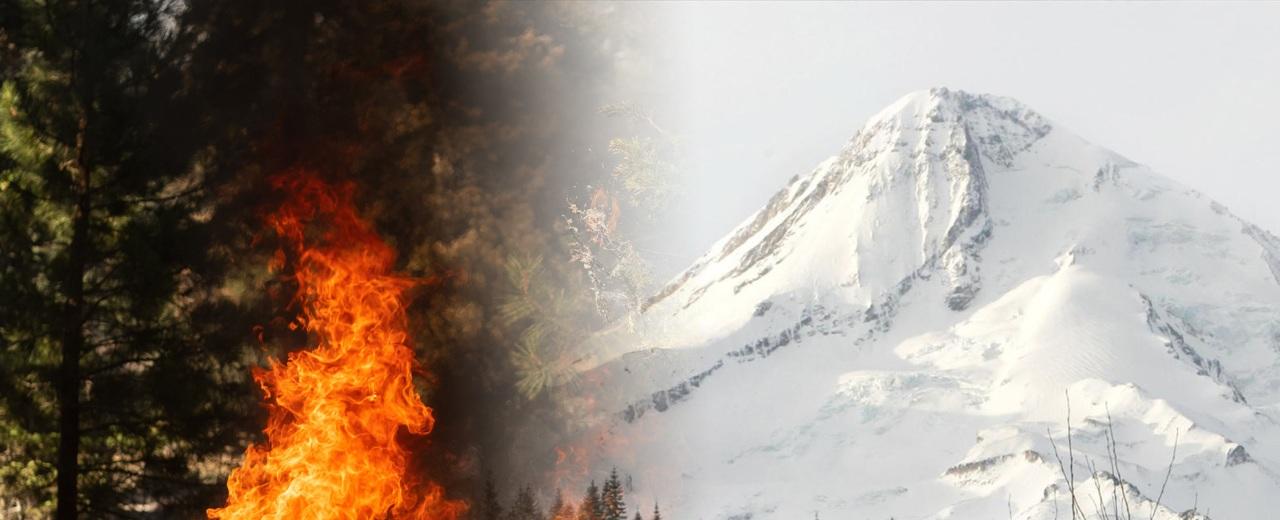Oregon's snowpack is above average, but expert says wildfire season could still be intense

As the winter season draws to a close, many states in the western U.S. are bracing themselves for the upcoming wildfire season. One such state, Oregon, is experiencing above-average snowpack, which could be seen as a good sign in terms of preventing wildfires. However, experts warn that this doesn’t necessarily mean that Oregon is out of the woods yet. The article explains that in some areas of the state, the snowpack is actually below average and warmer temperatures are expected in the next few weeks. These factors could lead to a longer and more intense wildfire season than usual.
The article also mentions that climate change is believed to be a contributing factor to the increasing intensity and frequency of wildfires in the western U.S. While the snowpack in Oregon may offer some temporary relief, it’s important to remember that our planet’s climate is changing rapidly and we need to take action to prevent further damage. This article caught my attention because it highlights the complexity of predicting wildfire season and reminds us of the importance of being prepared for the worst.
As an AI language model, I don’t have personal experience or knowledge on the topic, but I can provide context on climate change and its impact on wildfires. Rising temperatures and changing weather patterns caused by climate change make conditions more favorable for wildfires, leading to longer wildfire seasons and more intense fires. In recent years, the western U.S. has seen some of the largest and most destructive wildfires in history, and this trend is likely to continue if action is not taken to curb climate change.
In conclusion, it’s clear that even though Oregon’s snowpack is above average, the threat of wildfires remains. We should view this as a reminder that we need to take action to prevent further damage from climate change and prepare for the worst. This article provides valuable information that can help us stay informed and take steps to protect ourselves and our communities.
Quick Links

